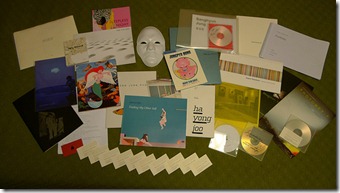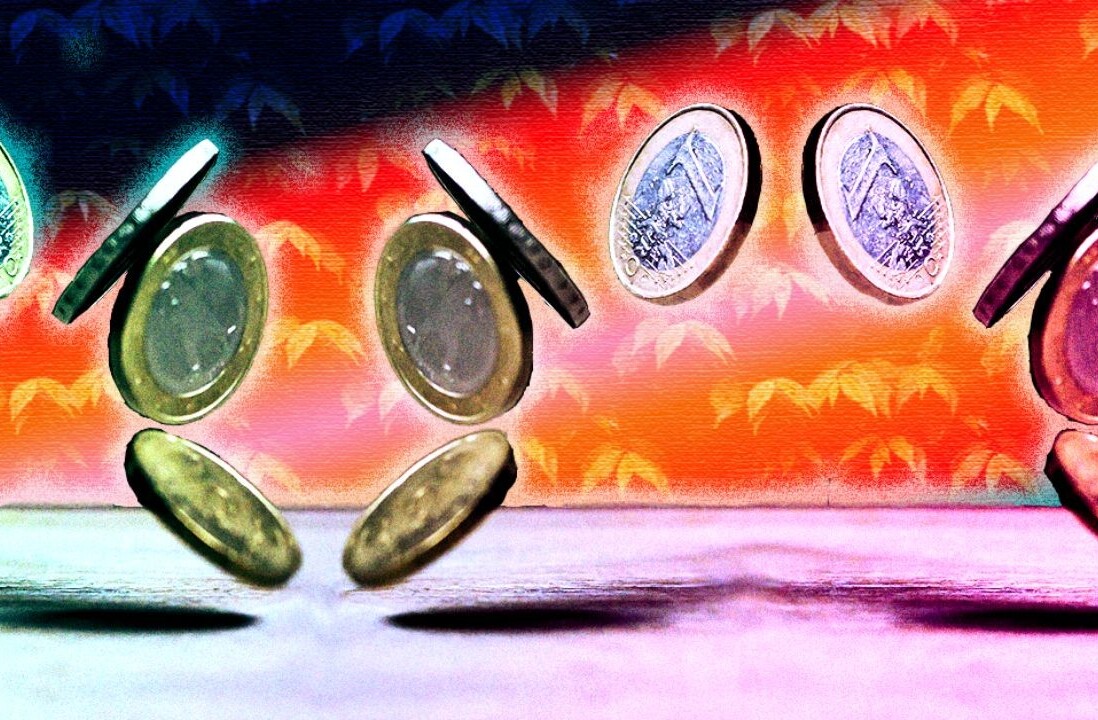
Editors Note: This is a guest post by Alex Moore, the CEO of Baydin Software and creators of a couple of our favorite tools Boomerang and The Email Game. Being a CEO of a startup involves, amongst many other things, a serious amount of networking. Alex kindly shares his tips & tricks for staying in touch with the people you meet when the networking is over.
If you’re anything like me, you have a giant stack of business cards you’ve accumulated at conferences and events somewhere in your office. I’ve got two such stacks, and I never contacted the majority of the people in them, nor do I remember anything about who they were or why (even if!) they were interesting.
I’ve been working on a system to streamline handling the stack of cards for quite some time, and I think I’ve finally hit on one that works. The new system:
- Helps me make sure I contact everyone I want to follow up with
- Helps me do it quickly enough so I remember why I want to talk with them
- Clears the stack of business cards off my desk
- Saves me time
- Keeps my perfectionist instinct from kicking in
It’s been quite effective for me. Here’s how it works, in traditional SEO-optimized style.
First, you’ll need a couple tools to help you get started
- Canned Responses from Gmail Labs
- CardMunch from LinkedIn (iPhone is available today, Android is coming soon, I hope!)
- Boomerang for Gmail (full disclosure, we make this one)
Got them all wired up? Great! We’re ready to start cranking through the stack.
- Create your Conference X Canned Response. Compose a new draft message that will say all the generic things you want to say to everyone you met. Stuff along the lines of “it was great to meet you at Conference X” and a reminder about who you were in case they forgot should go in here. Instead of sending it, use the Canned Responses lab to save it for later. We’ll be adapting this message for all of our follow-ups.
- Sort the business cards you collected. I find that using four categories works best for me: VIP, Useful, Marginal, and Unhelpful. VIPs are people who I would be a fool not to contact: potential partners who could offer company-changing partnerships, VCs who we’d like to work with, top tier or especially relevant press contacts, and the like. VIPs also include anyone who I would like to ask for something specific.
 Useful cards belong to folks who I found interesting at the event but who aren’t obviously going to move the needle for our company: folks who work at companies in our space, people who were especially interesting to talk with, service providers who offer services we need immediately, or people who could connect us to someone helpful.Marginal cards belong to people who I would like to contact if I have time. Other entrepreneurs who are working on areas outside our domain, people who could be helpful months or years out into the horizon, most service providers, and tire-kicking VC types all fit into this category.
Useful cards belong to folks who I found interesting at the event but who aren’t obviously going to move the needle for our company: folks who work at companies in our space, people who were especially interesting to talk with, service providers who offer services we need immediately, or people who could connect us to someone helpful.Marginal cards belong to people who I would like to contact if I have time. Other entrepreneurs who are working on areas outside our domain, people who could be helpful months or years out into the horizon, most service providers, and tire-kicking VC types all fit into this category.
The final category are people who are explicitly unhelpful. People who I know will waste a lot of my time, who want to impose an agenda, wantrepreneurs, and negative people fall into this category. - Go through the VIP cards. Grab the first card off the VIP stack. Open a new message in Gmail, insert the canned response, and customize it to the specific person you are contacting. Reference something you talked about at the conference, and explain why you are contacting them. Include one clear ask in the message if you have one – and since this stack is for your VIPs, you probably do. Keep the message short and to the point, just enough to make it clear how you’d like to proceed and remind them how you met.Once you’re done customizing the response, you’ll want to add their email address into the To: field (secret tip: this keeps you from accidentally sending a message before it’s ready!), save the draft, and set up a reminder to track their response to the message. Check the box that asks Boomerang to bring the message to your Inbox if you don’t hear back. Set the time appropriately – I usually give 4 days – and send the first message off.Finally, when you’ve sent the message, fire up CardMunch on your phone. Take a picture of the business card, and in about 10 minutes, you’ll have all the person’s contact information transcribed automatically for you. It will be on your phone whenever you need it, along with a picture of the business card itself, and you won’t need to sift through a giant stack of cards the next time you need to contact that person.Once the transcribing is done, you’ll get a push notification that the contact is complete. You can then edit the contact and Add the Notes field, in case it’s unclear from just the contact information and a picture of the card why this person was important.Wash, rinse, repeat until you’ve handled all your VIPs. It’s most effective to follow up with people within 24 hours of when the conference ended, so make sure you get through this stack as fast as you can! Then take a break, and move on to the next batch.
- Go through the Useful cards. In general, I handle these cards much the same way as the VIP cards. However, for most of these cards, I will have either no explicit ask, or an ask that is less impactful. It’s less important to get these messages off quickly, so I typically use Boomerang to schedule contact emails to go through over next couple days.Just customize the canned response, save the message as a draft, and use Boomerang’s Send Later function to send the message in a little while. I find the “At a random time before 5pm today” menu option gets a heavy workout here, so that I never get deluged with a giant pile of responses to my messages at any one time.After sending the message, I Munch the card and throw it out.
- If time permits, send contact emails to the Marginal cards. I’m usually about 50/50 on going through the Marginal pile. I’ll pick as many at random as I have time to contact, and schedule messages to go out to them in 2-3 days, once I’ll have already scheduled meetings or taken action with the people in the higher-priority category. The rest of the cards just get Munched even if I don’t have time to contact them, because you never know when that person could be exactly the person you need to see.In general, if someone in this category contacts me, I’ll take a meeting because they thought it was worth the time to reach out. Most of them never do.
- Throw out the pile of Unhelpful cards. It’s not worth it to give these people an excuse to contact you. If they reach out, politely pass on their invitation to “grab coffee” or the like. If they’re people you explicitly don’t want to meet or talk with again, you’re under no obligation to let them soak up your time.
- After 4 days, politely reach back out to VIPs who didn’t get back to you. Since you used Boomerang to track responses, you’ll have a couple emails in your Inbox that did not get a reply. Reach out again – you can politely say that you wanted to make sure they received the message, or that it didn’t get lost in the spam, or just repeat that it was great to meet them.About 2/3 of the time, I find that they weren’t trying to ignore me, they just were busy, and the second email solves the problem. In the other case, if they don’t reply to email #2, I typically don’t follow up again.
There you have it! 7 steps that have helped me don my cape as a master of following up after conferences. Remember: if you’re not going to build any relationships after a conference, why bother going?
Get the TNW newsletter
Get the most important tech news in your inbox each week.





